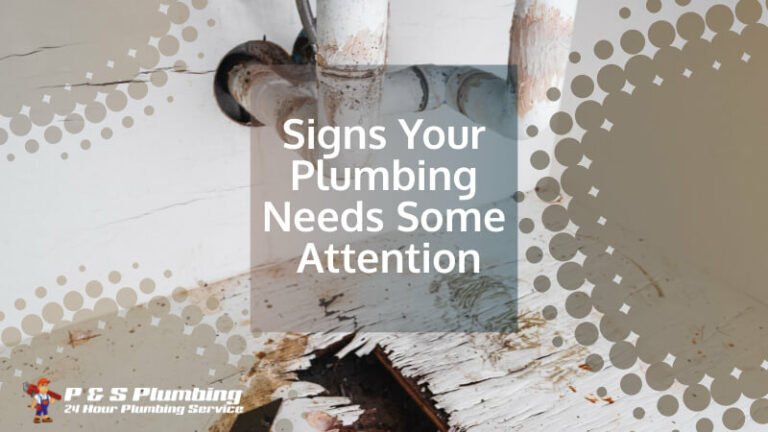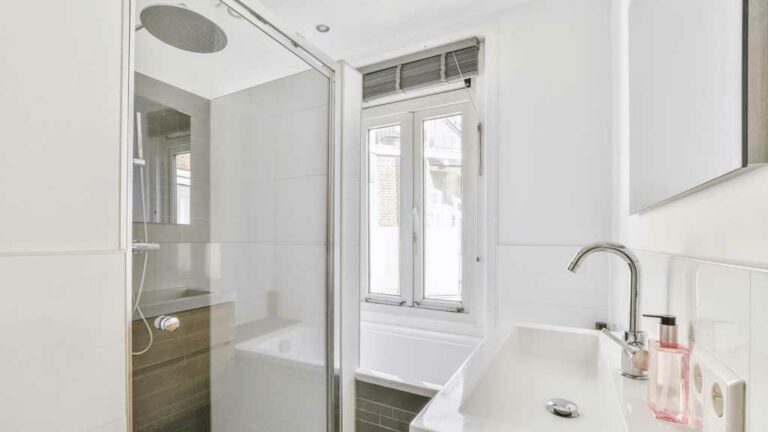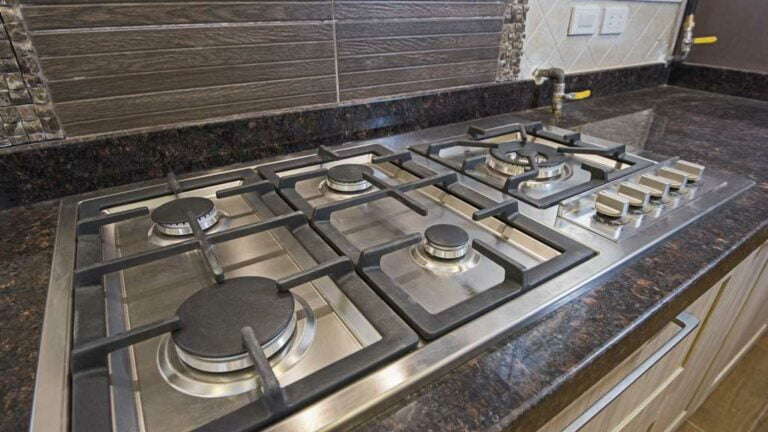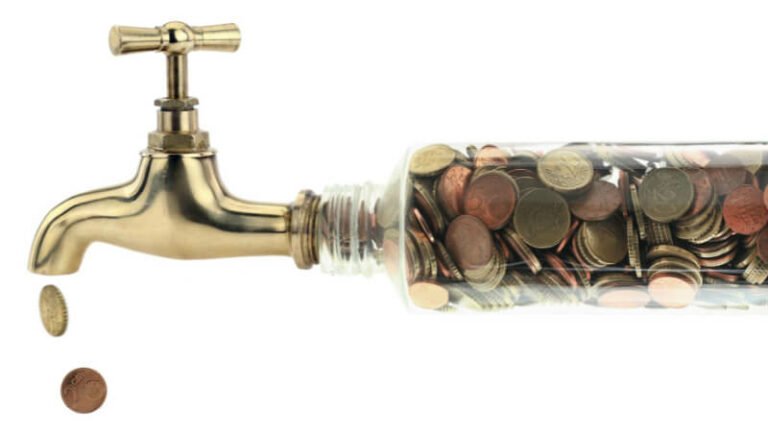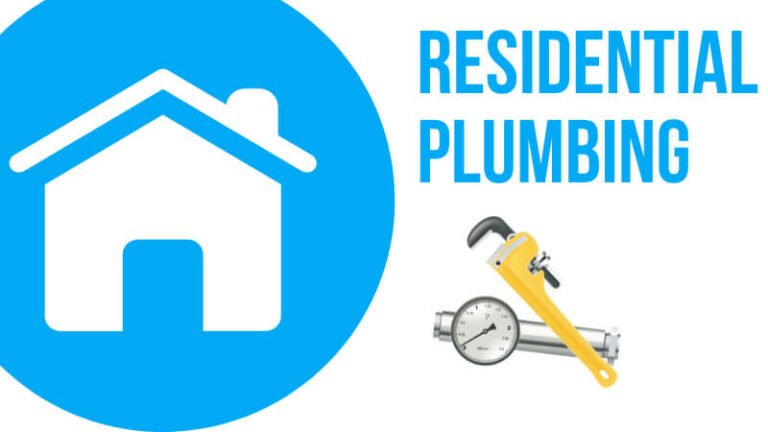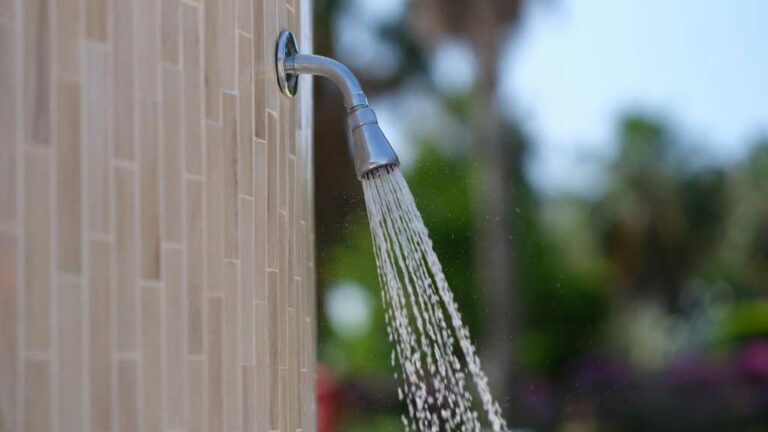The essential guide to maintaining your kitchen plumbing system
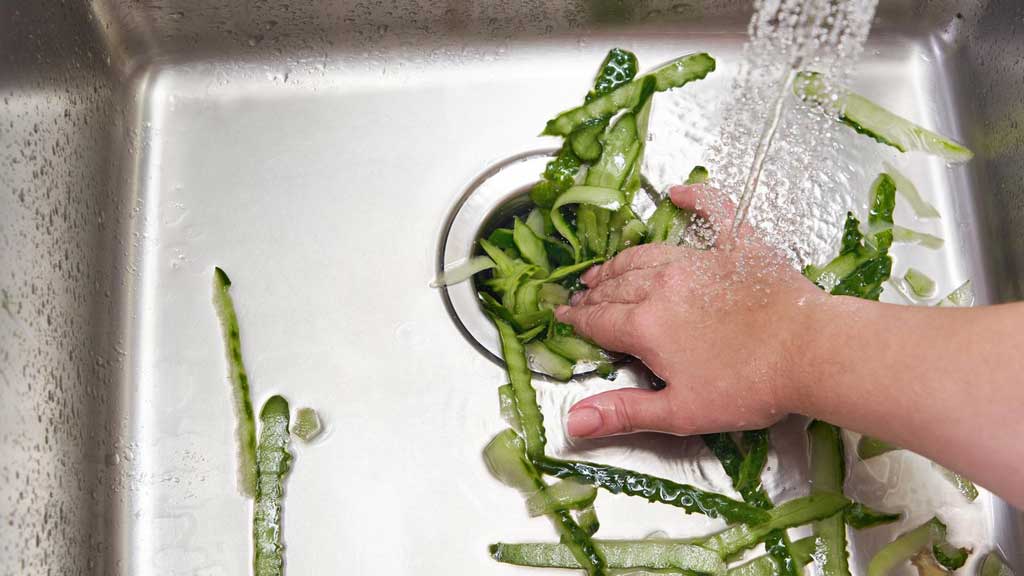
Having a functioning kitchen plumbing system is essential to any home it not only allows you to cook, clean, and enjoy your meals, but it can also save you time, money, and potential plumbing disasters. Unfortunately, many homeowners aren’t aware of the importance of maintaining their kitchen plumbing systems, or how to do so correctly. But don’t worry! This blog post will provide you with the essential guide to maintaining your kitchen plumbing system, so you can keep your kitchen running efficiently and avoid costly repairs. From the basics of inspecting your plumbing system to more advanced techniques, you’ll be ready to tackle any plumbing issue, big or small. So, if you’re ready to take on your plumbing system with confidence and ease, read on!
Things to keep in mind while maintaining a kitchen
Taking care of a kitchen plumbing system is a must. The kitchen plumbing fixture needs annual maintenance. Maintain the garbage disposal regularly. Even a small crack in the drain pipe pipes can cause water leak and breakage.
The maintenance of kitchen plumbing system starts with an awareness that your kitchen is the focal point where food is prepared; therefore, its cleanliness is essential. The pipes of kitchen plumbing system should be tightened and serviced every first of every month. Before servicing them, check all your faucets and appliances. Older appliances like garbage disposals should be replaced with new ones to maintain good water pressure and noise-free drains.
When the time comes to replace these appliances, make sure they are properly installed. An improperly installed garbage disposal may result in clogging of the pipes. Most plumbers also suggest installing a water softener in a kitchen plumbing system. This will eliminate hardness from the water and help the water flow freely.
Also, your kitchen needs equipment, which ensure good water flow. Pipes need good insulation, which will keep the water cool. Hot water coming into the kitchen pipes may cause pipes to burst. An insulated faucet guard will keep your faucet pipe safe.
Tools and supplies you will need to maintain your kitchen
A kitchen plumbing system can become clogged. To prevent this, you must take preventative measures. By maintaining your kitchen plumbing and doing all that you can to prevent clogs, you will be able to avoid costly repairs and replacements.
Kitchen plumbing systems are prone to clogging, so you must take steps to prevent this from occurring. To keep your kitchen plumbing running smoothly, here are a few tools that you will need to have in your bathroom.
Snakes and Drain Cleaners– A snake and a bottle of drain cleaner are two essential items to have in your kitchen. A snake will unclog the drains in your bathroom, and a drain cleaner will help remove any clogs that the snake cannot.
Drain Pan – A drain pan will help catch any water that is drained out of your kitchen plumbing.
Common Maintenance Tasks to Keep Your Kitchen in Tip-Top Shape
Owning and maintaining a home does not come without its own set of headaches. One headache that many homeowners face is dealing with issues with the kitchen plumbing.
Kitchen plumbing problems can arise at any time. Whether it be a leaky faucet or a toilet that seems to run forever, these plumbing issues can quickly become a bother and inconvenience.
What you need to know is that there are plenty of ways that you can keep pesky kitchen plumbing problems at bay. All you have to do is do a little bit daily to keep your kitchen plumbing in good working order.
Read on to discover more kitchen plumbing maintenance tips that are designed to make your life easier:
Clear Out Drains and Garbage Disposal
Drains and garbage disposals can become clogged over time with materials that are not supposed to be flushed down drains such as grease, food, or hair.
To clear a clogged drain, use the following steps:
- Turn the disposal on.
- Pour 1/4 cup of baking soda down the drain, followed by 1/2 cup of vinegar.
- Allow the chemical reaction to occur for three to five minutes before slowly pouring 1/2 cup of boiling water down the drain.
- Turn the disposal off. If there is still a problem, repeat.
To clear a clogged garbage disposal, run a hot cycle with the disposal open. If the disposal is clogged, it will noisily grind ice cubes, fruit peels, or other fibrous materials.
Check for Leaks Regularly
Kitchen plumbing requires regular maintenance to ensure it stays in good condition. One of the most important aspects of kitchen plumbing is to check for leaks regularly. Not only can leaks lead to costly repairs and water waste, but they can also cause severe damage to your home.
To ensure that your kitchen plumbing remains leak-free, it is essential to check all pipes, fittings, and joints for any signs of leakage or corrosion. Be sure to inspect the connections of your kitchen sink, dishwasher, and refrigerator, as these are some of the most common places where leaks can occur. Additionally, check any valves and seals, as these can cause water to escape if they become worn or damaged.
If you find any signs of a leak, you should contact a professional plumber as soon as possible. A plumber can help repair any damage to your kitchen plumbing, ensuring that your home remains safe and functioning properly.
Keep an Eye on Water Pressure
When checking water pressure, it’s important to use a water pressure gauge. This device measures the force of water coming through your plumbing system, and it’s the only way to accurately determine the pressure of your system. It will also show if there are any sudden changes in the pressure, which could indicate a plumbing issue. You can purchase a water pressure gauge from any hardware store.
Questions Answered About Kitchen Plumbing Maintenance
If the sink is overflowing, open the flood valve so that water can drain out. Then use a bucket or mop to mop up any remaining water. If that doesn’t work, turn off the water at the main shut off valve. Locate the pip on the line and, using pliers, carefully unscrew it. The water should drain out. If the water doesn’t drain easily, you may have a broken pip. Try to find a plumber to assist you in this case.
What should I do if my kitchen sink is overflowing?
Dishwashers are designed to have a minor overflow if the tub fills with too much water. If this keeps happening, however, the water can end up damaging your dishwasher’s components. To fix this problem, first check the water line and hose to make sure they are not clogged. Unscrew the faucet and disconnect the line from the unit. Clean the line and hose, and then reattach the hose and the faucet. Plug the washer back in and turn on the tap. This should take the water down to the appropriate level.
How frequently should I check my kitchen plumbing system?
The industry standard is to inspect a system twice a year for leaks. However, if you suspect a problem, such as a backflow of water into the water supply, you should immediately contact a plumber.
Conclusion
In conclusion, it can be said that kitchen plumbing is a necessary part of maintaining a well-functioning kitchen. It is important to understand the necessary steps needed to properly maintain the plumbing in the kitchen to avoid any potential problems. Knowing how to properly seal, replace, and clean the various components of a kitchen plumbing system can help ensure that your kitchen remains safe, efficient, and reliable. With the right information and guidance, kitchen plumbing can be a relatively straightforward process that can save you time and money in the long run.

